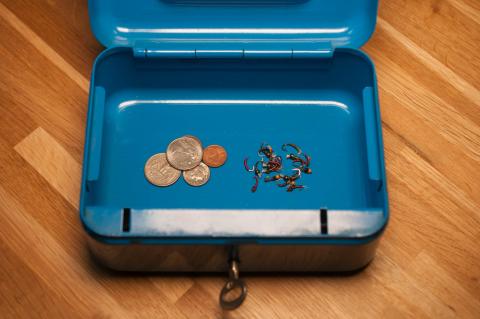Rasmus,
I do not know how you simplify the Honey Shrimp. The original pattern is what you see.
If you cut off the unnecessary you will end up with a hook dubbed with your favorite long fibered dubbing. That's it. That is the most simple you can get.
The Honey Shrimp will probably not catch more fish than the dubbing fly, but it is definitely more fun to tie and it looks great in the water.
The Junior Mysis is a more simple shrimp like pattern. You may start with that one. Try it in a tan version.
Good time at the tying bench.
Kasper Mühlbach
- Log in to post comments

